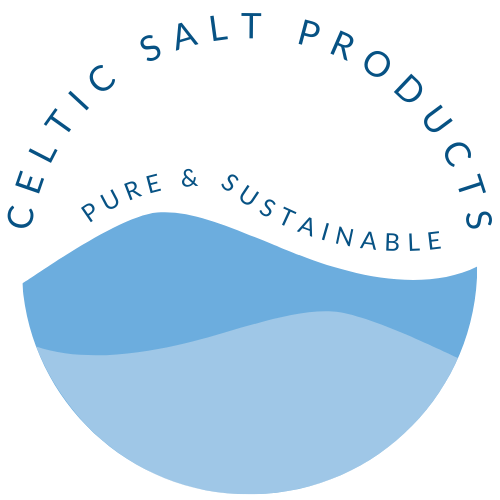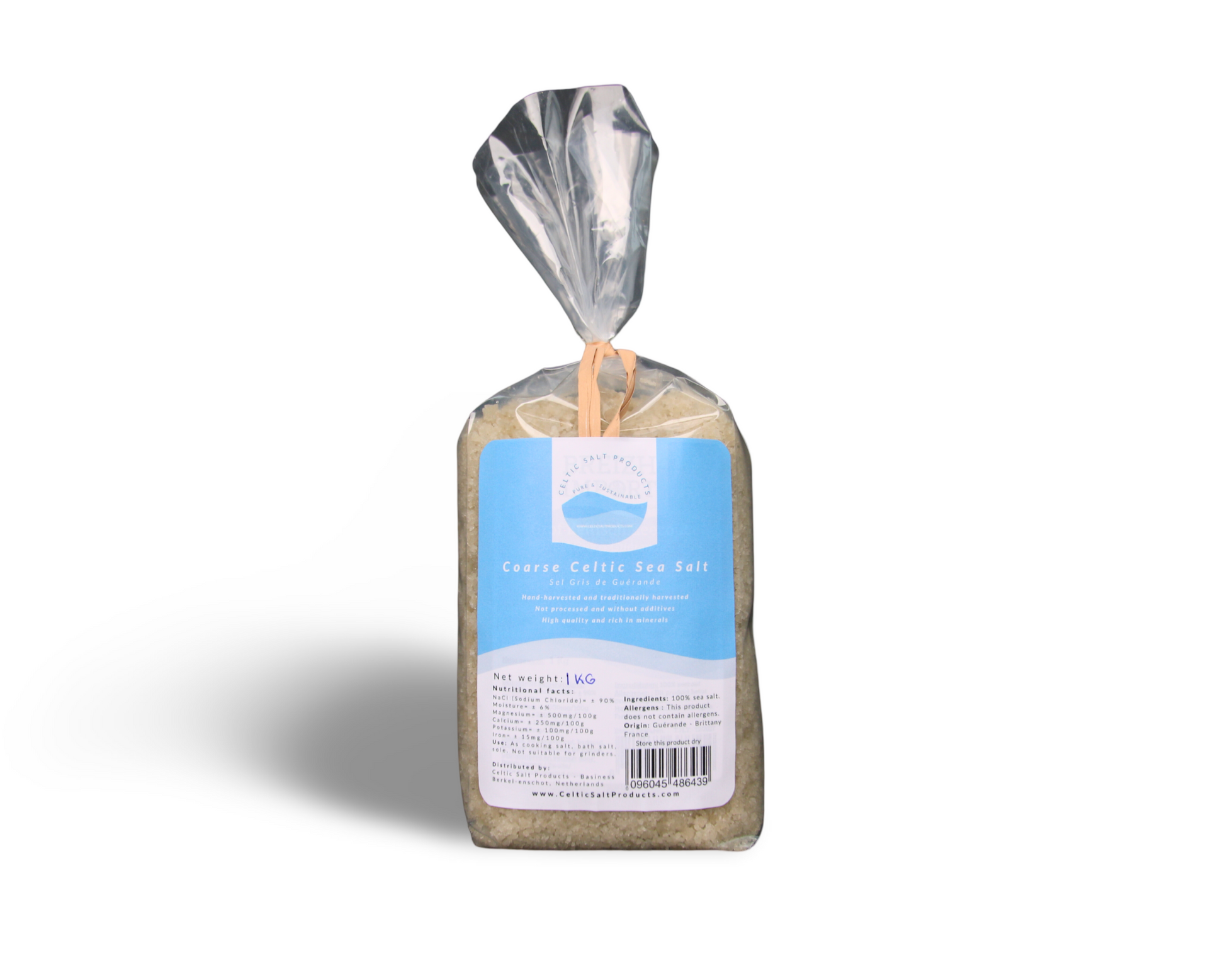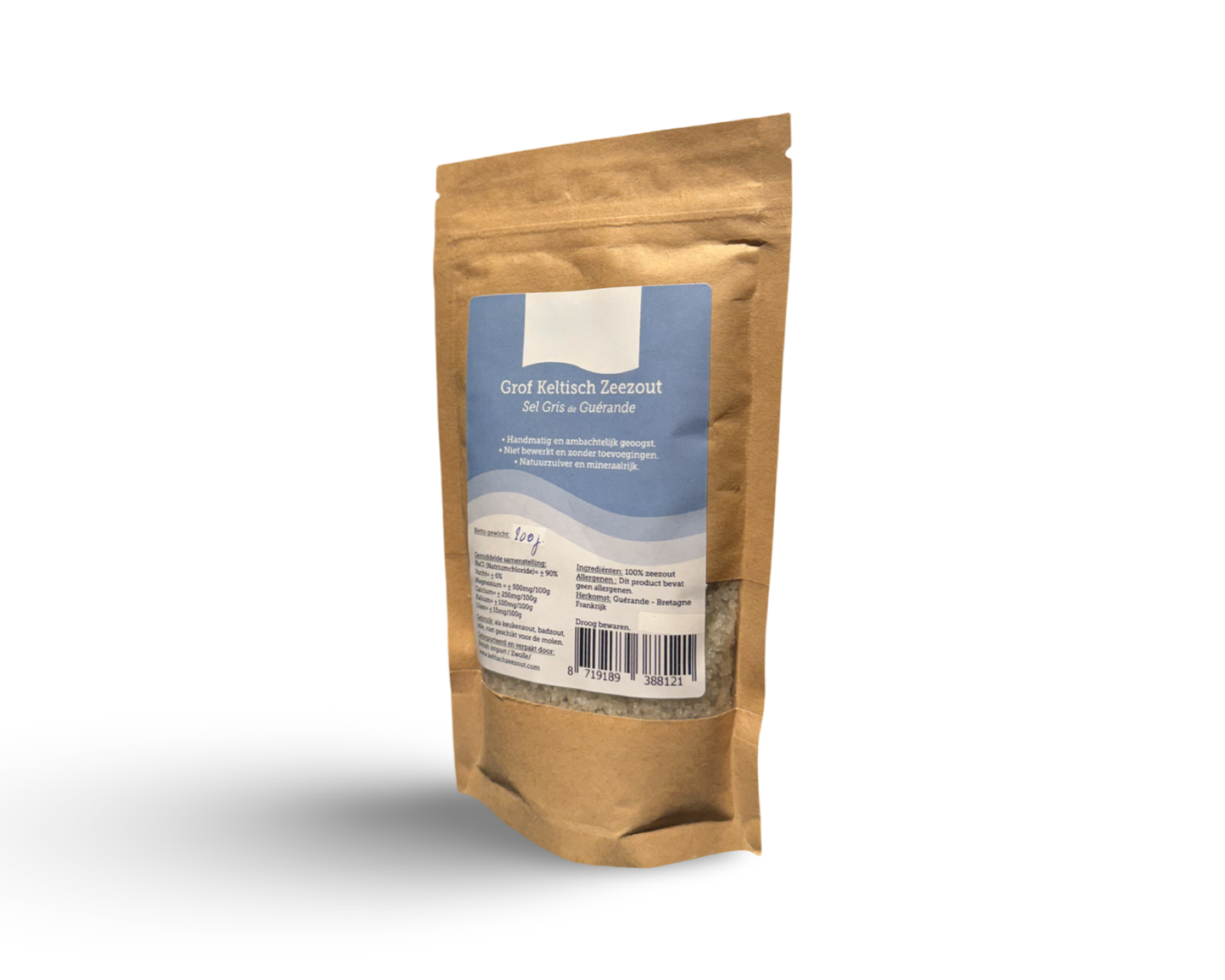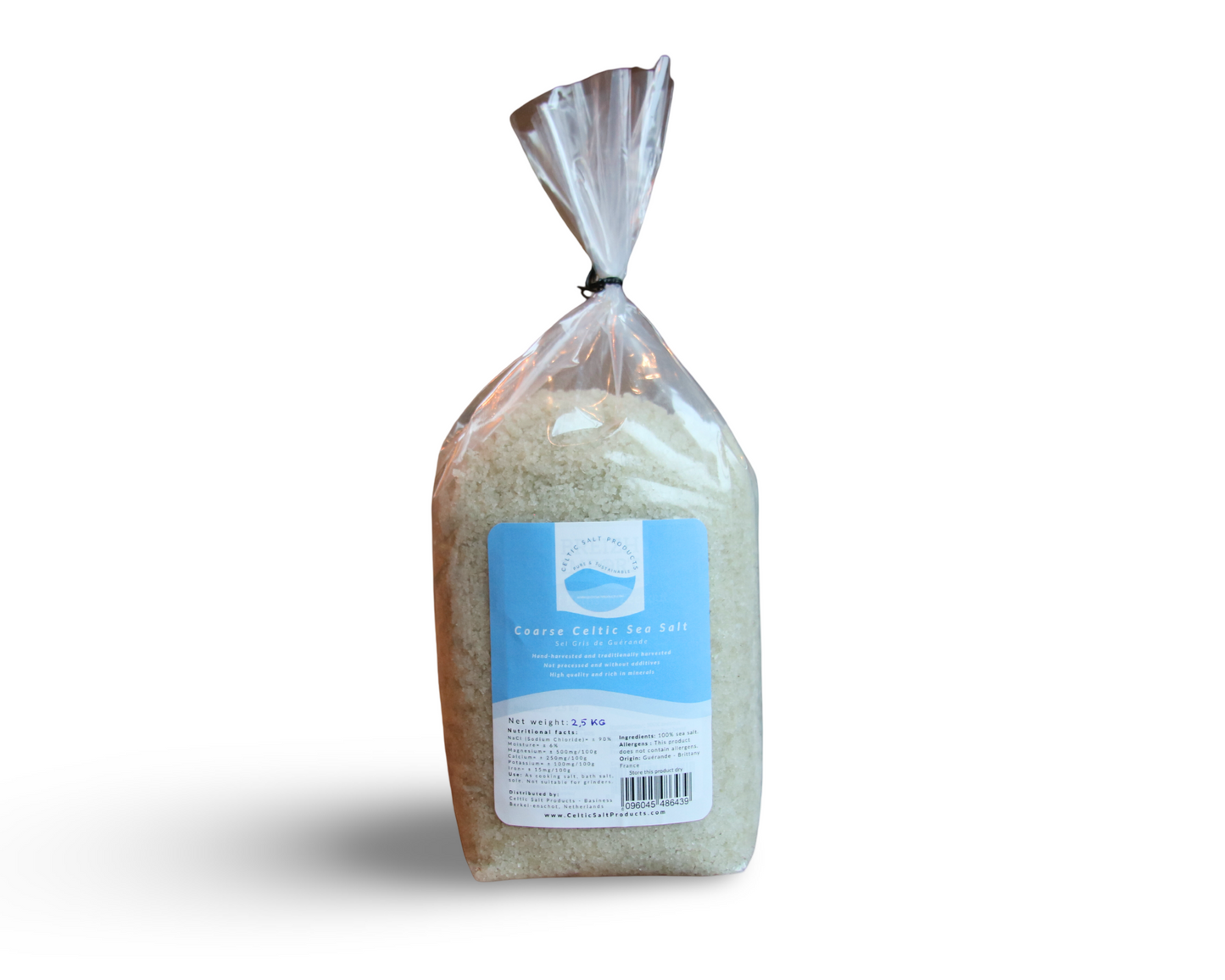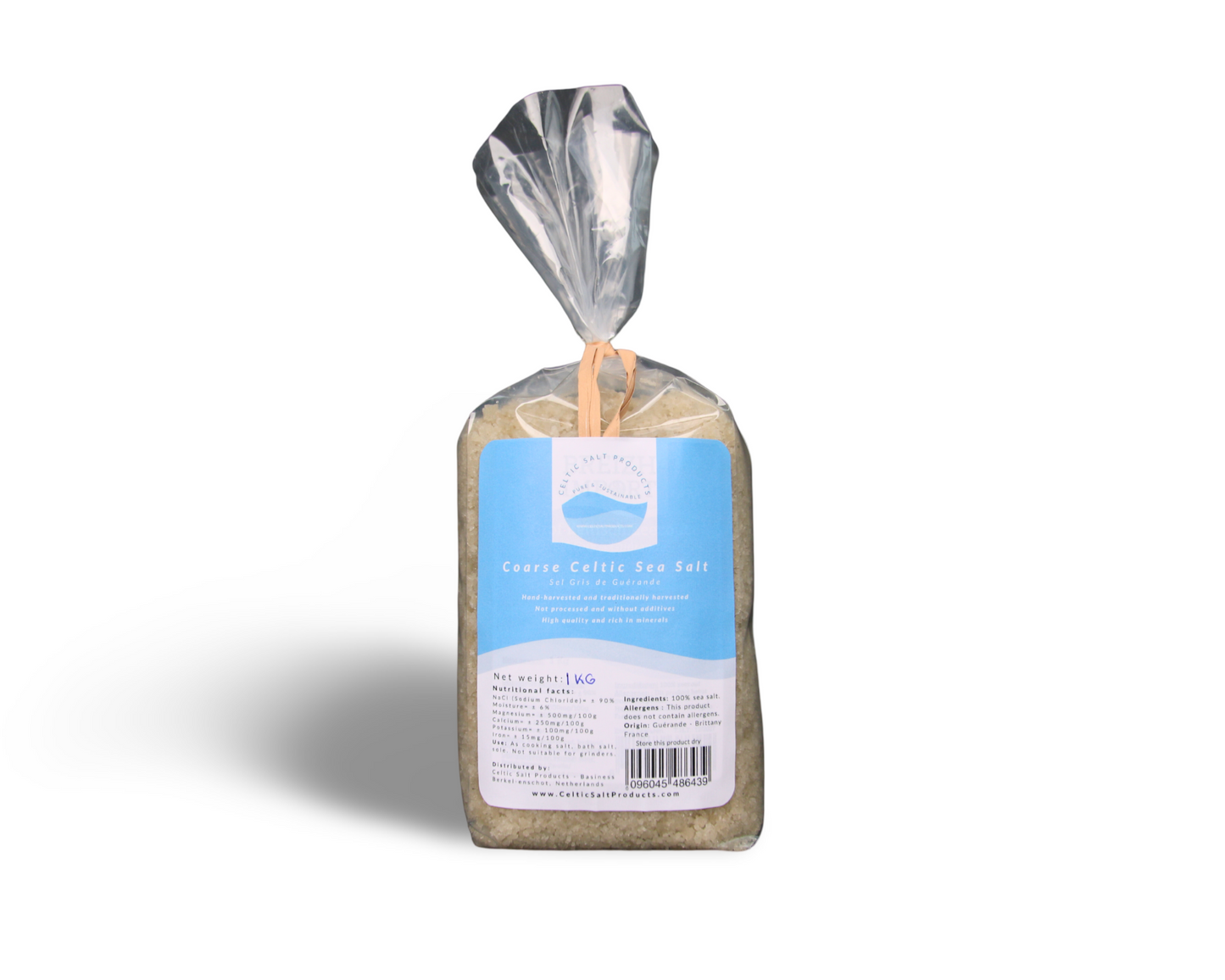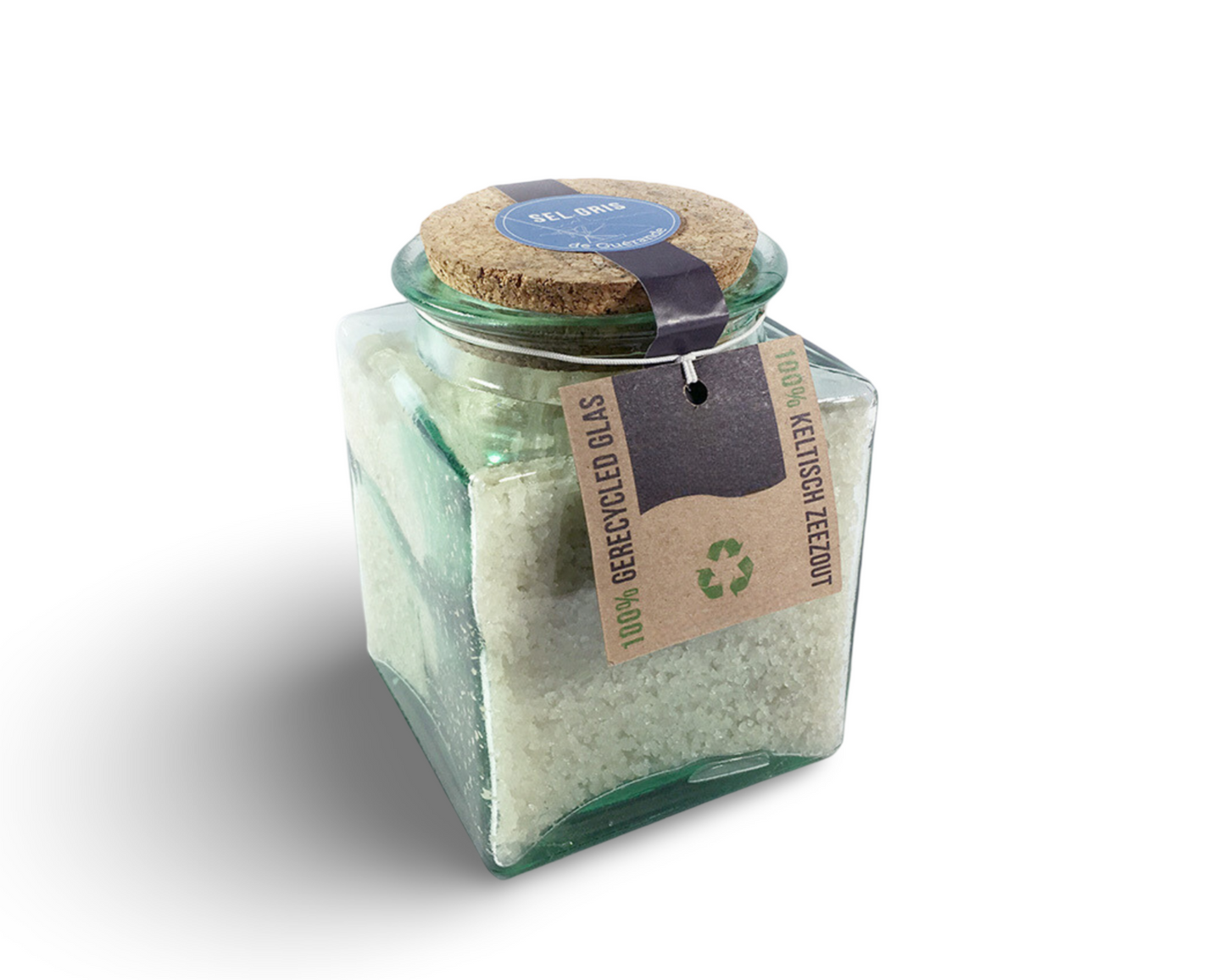In recent years, the presence of microplastics in our oceans has become a global environmental concern, affecting marine life and the purity of sea-sourced products. As health-conscious consumers increasingly turn to natural salt options like Celtic Sea Salt, questions about microplastics contamination arise. This blog aims to address these concerns, exploring the relationship between Celtic Sea Salt and microplastics, and what it means for consumers.
1. Understanding Microplastics: Microplastics are tiny plastic particles, often resulting from the breakdown of larger plastic waste. They have infiltrated marine ecosystems globally, raising concerns about their presence in sea-sourced food products.
2. The Harvesting of Celtic Sea Salt: Celtic Sea Salt is harvested from the coastal regions of Brittany, France, using traditional, sustainable methods. The process involves collecting salt from clay ponds, where seawater is evaporated using the sun and wind. This traditional method may reduce exposure to microplastics compared to salts harvested from open ocean waters.
3. The Risk of Microplastics in Sea Salt: Research has shown that sea salts can contain microplastics, as these particles are pervasive in our oceans. However, the concentration and presence of microplastics in sea salt vary depending on harvesting methods and locations.
4. Celtic Sea Salt’s Approach to Purity: Producers of Celtic Sea Salt are aware of environmental concerns, including microplastics. They employ methods to ensure the purity of their salt, including quality control processes to minimize contamination. However, as with all sea-sourced products, complete isolation from environmental pollutants can be challenging.
5. Consumer Considerations: For consumers concerned about microplastics, it's important to research and choose brands that prioritize environmental responsibility and product purity. While no sea-sourced product can guarantee to be free from microplastics, selecting products from cleaner waters and responsible producers can reduce the risk.
6. Broader Environmental Responsibility: The issue of microplastics highlights the need for broader environmental responsibility. Consumers can play a role by supporting sustainable practices, reducing plastic use, and advocating for environmental conservation.
Conclusion: Celtic Sea Salt, like all sea-sourced products, faces the challenges posed by environmental pollution, including microplastics. While traditional harvesting methods may mitigate some risk, it's important for consumers to stay informed and choose brands that emphasize purity and environmental responsibility. Beyond individual product choices, addressing the issue of microplastics requires a collective effort towards environmental sustainability and responsible consumption practices.
